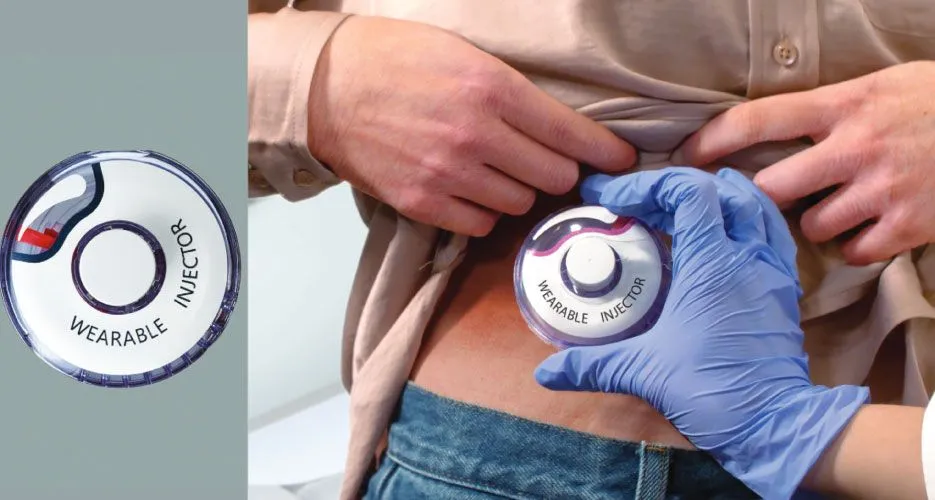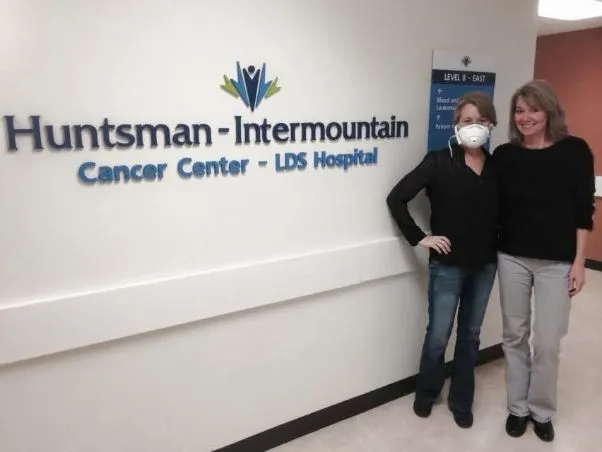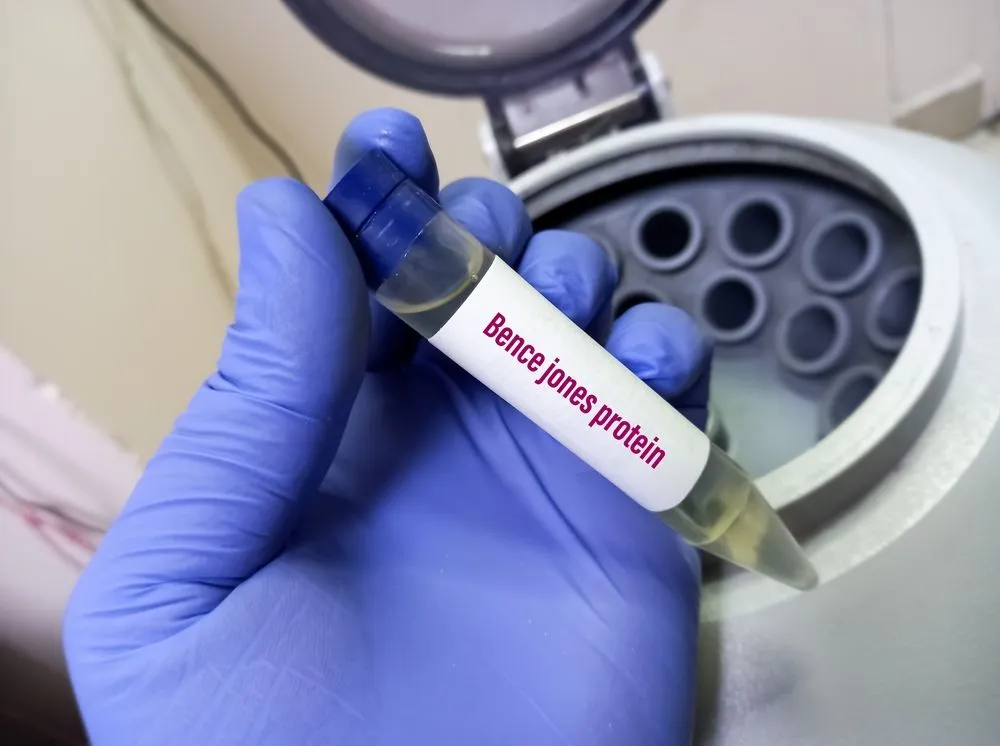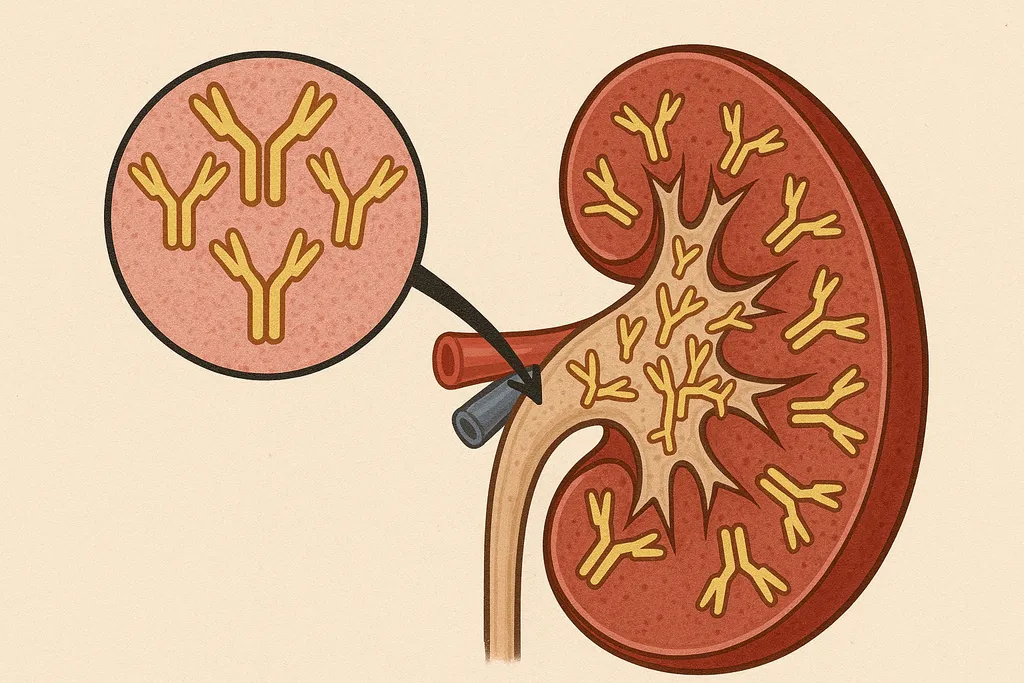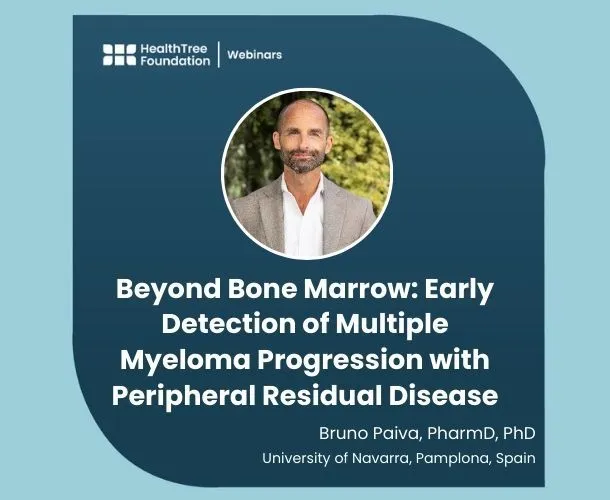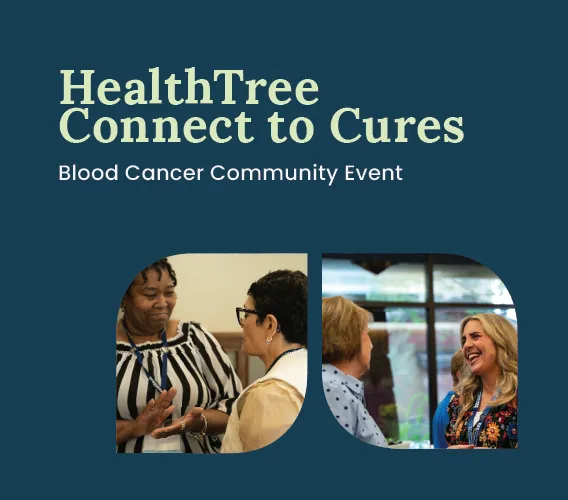Which Myeloma Patients Have the Best Outcomes? New Study Shows Key Findings.
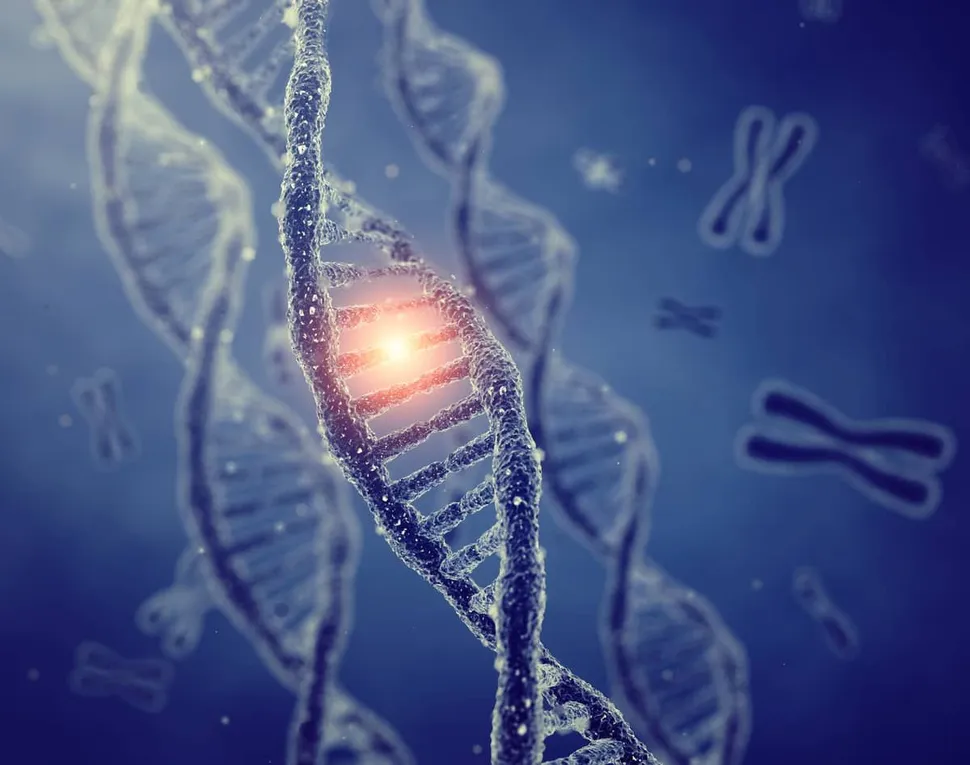
We hear a lot about high risk genetic features in myeloma, but what about patients who have better-than-average outcomes? In a recent study, it was found that myeloma patients who have more than two copies of chromosome 9 and a low genetic scar score, have the best outcomes. About 17% of newly diagnosed patients had multiple copies of chromosome 9 and had a superior outcomes.
We know that not all myeloma is the same. This "heterogeneity" in myeloma, like in other cancers, affects cellular pathways in the myeloma clone, the tumor microenvironment which promotes myeloma cell growth and drug resistance, and overcomes immune system surveillance.
In the ASCO published paper, Dana Farber researchers analyzed whole genome sequencing data from a 2009 IFM/DFCI 2009 study from 183 patients with newly diagnosed myeloma who were previously treated with lenalidomide, bortezomib and dexamethasone alone or in combination with autologous stem cell transplant.
The researchers created a genomic scar score (GSS), or the number of genetic mutations found. Patients with a score of 5 or less were considered to have a low genetic scar score. They also studied "hyperdiploid" myeloma, or myeloma that has the presence of more than two copies chromosomes (having three copies [trisomies] or four copies [tetrasomies] of the chromosome).
Here were key findings:
- Patients who had longer progression-free and overall survival had fewer genetic mutations on their myeloma cells in general - most of their mutations were age-related and NRAS mutations.
- Patients with chromosome 9 and a low genetic scar score had 100% overall survival at 69 months, or almost 6 years.
- Hyperdiploid myeloma had the lowest number of genetic mutations.
- Translocation 14;16 myeloma had the highest number of associated mutations.
- The age-related mutations showed up earlier in diagnosis but as myeloma patients progressed, the DNA-damage mutations became more dominant over time.
- Patients with the 11;14 translocation had the fewest number of co-mutations.
- Patients with del17p had the highest number of co-mutations.
- Patients with a high genetic scar score and t(4;14) or gain1q21 with no gain9 had the worst overall survival.
- MYC translocations with any partner were also common in the low-risk group (71.4%)
- The low-GSS with gain9 group also had significantly lower frequency of del13 and gain1q21.
- In the study, patients either had RVD or RVD plus stem cell transplant. Progression free survival was not significantly different between these two arms except for this good risk group who had a superior outcome in the transplant arm.
The findings were independent of ISS staging, how a patient responded to treatment and the achievement of minimal residual disease (MRD) negativity.
It is important to note that hyperdiploidy in myeloma patients has always been considered to be a good prognosis factor. In this study, over 90% of patients in the "good risk group" were hyperdiploid, but only 31% of the patients with hyperdiploid myeloma fell into the "good risk group." So hyperdiploid myeloma is not all the same when it comes to outcomes. There are clearly low-risk and high-risk hyperdiploid subgroups.
Do I Have Chromosome 9 or Many Mutations?
The whole genome sequencing performed in this study is deeper genetic testing than the testing received by the average patient. However, most of us have received the FISH test which can identify trisomies and tetrasomies and other mutations like gains, deletions or translocations. The FISH test can identify extra copies of chromosome 9. Take a look at your prior FISH tests today and then join HealthTree to record your results. This will help you keep track of your mutations and you can see if and how they are changing over time. Myeloma does change as patients receive more treatment and can pick up new genetic mutations. Then we can share the anonymous, collective findings with the myeloma research and patient community.
You Can Find Your Genetic Twin
You can join HealthTree to keep a record of your FISH and other genetic test results (like Next Generation Sequencing and Gene Expression Profiling). You can also record your prior treatments. Once you have them recorded, you can find your genetic "twin" to see which treatments they received, how long their remission was, and compare their genetics to yours. This is all done anonymously. HealthTree was created so we can learn together using real world, validated data.
We hear a lot about high risk genetic features in myeloma, but what about patients who have better-than-average outcomes? In a recent study, it was found that myeloma patients who have more than two copies of chromosome 9 and a low genetic scar score, have the best outcomes. About 17% of newly diagnosed patients had multiple copies of chromosome 9 and had a superior outcomes.
We know that not all myeloma is the same. This "heterogeneity" in myeloma, like in other cancers, affects cellular pathways in the myeloma clone, the tumor microenvironment which promotes myeloma cell growth and drug resistance, and overcomes immune system surveillance.
In the ASCO published paper, Dana Farber researchers analyzed whole genome sequencing data from a 2009 IFM/DFCI 2009 study from 183 patients with newly diagnosed myeloma who were previously treated with lenalidomide, bortezomib and dexamethasone alone or in combination with autologous stem cell transplant.
The researchers created a genomic scar score (GSS), or the number of genetic mutations found. Patients with a score of 5 or less were considered to have a low genetic scar score. They also studied "hyperdiploid" myeloma, or myeloma that has the presence of more than two copies chromosomes (having three copies [trisomies] or four copies [tetrasomies] of the chromosome).
Here were key findings:
- Patients who had longer progression-free and overall survival had fewer genetic mutations on their myeloma cells in general - most of their mutations were age-related and NRAS mutations.
- Patients with chromosome 9 and a low genetic scar score had 100% overall survival at 69 months, or almost 6 years.
- Hyperdiploid myeloma had the lowest number of genetic mutations.
- Translocation 14;16 myeloma had the highest number of associated mutations.
- The age-related mutations showed up earlier in diagnosis but as myeloma patients progressed, the DNA-damage mutations became more dominant over time.
- Patients with the 11;14 translocation had the fewest number of co-mutations.
- Patients with del17p had the highest number of co-mutations.
- Patients with a high genetic scar score and t(4;14) or gain1q21 with no gain9 had the worst overall survival.
- MYC translocations with any partner were also common in the low-risk group (71.4%)
- The low-GSS with gain9 group also had significantly lower frequency of del13 and gain1q21.
- In the study, patients either had RVD or RVD plus stem cell transplant. Progression free survival was not significantly different between these two arms except for this good risk group who had a superior outcome in the transplant arm.
The findings were independent of ISS staging, how a patient responded to treatment and the achievement of minimal residual disease (MRD) negativity.
It is important to note that hyperdiploidy in myeloma patients has always been considered to be a good prognosis factor. In this study, over 90% of patients in the "good risk group" were hyperdiploid, but only 31% of the patients with hyperdiploid myeloma fell into the "good risk group." So hyperdiploid myeloma is not all the same when it comes to outcomes. There are clearly low-risk and high-risk hyperdiploid subgroups.
Do I Have Chromosome 9 or Many Mutations?
The whole genome sequencing performed in this study is deeper genetic testing than the testing received by the average patient. However, most of us have received the FISH test which can identify trisomies and tetrasomies and other mutations like gains, deletions or translocations. The FISH test can identify extra copies of chromosome 9. Take a look at your prior FISH tests today and then join HealthTree to record your results. This will help you keep track of your mutations and you can see if and how they are changing over time. Myeloma does change as patients receive more treatment and can pick up new genetic mutations. Then we can share the anonymous, collective findings with the myeloma research and patient community.
You Can Find Your Genetic Twin
You can join HealthTree to keep a record of your FISH and other genetic test results (like Next Generation Sequencing and Gene Expression Profiling). You can also record your prior treatments. Once you have them recorded, you can find your genetic "twin" to see which treatments they received, how long their remission was, and compare their genetics to yours. This is all done anonymously. HealthTree was created so we can learn together using real world, validated data.
about the author
Jennifer Ahlstrom
Myeloma survivor, patient advocate, wife, mom of 6. Believer that patients can contribute to cures by joining HealthTree Cure Hub and joining clinical research. Founder and CEO of HealthTree Foundation.
More on Treatment Advances
Upcoming Events




Get the Latest Multiple Myeloma Updates, Delivered to You.
By subscribing to the HealthTree newsletter, you'll receive the latest research, treatment updates, and expert insights to help you navigate your health.



